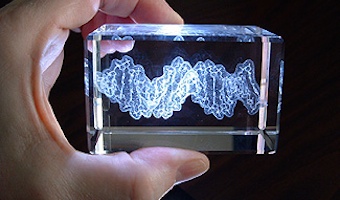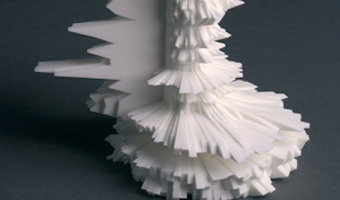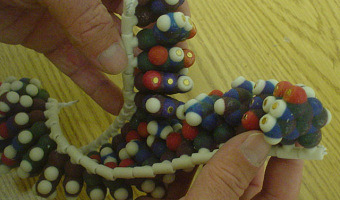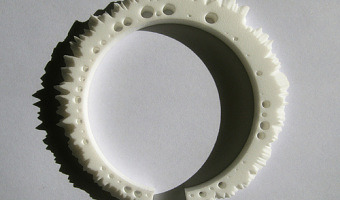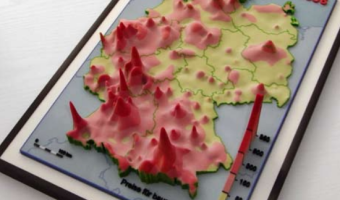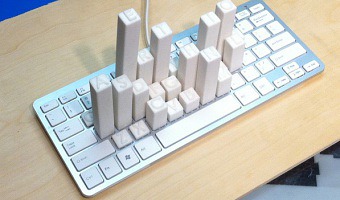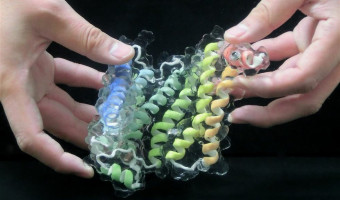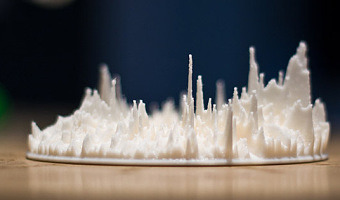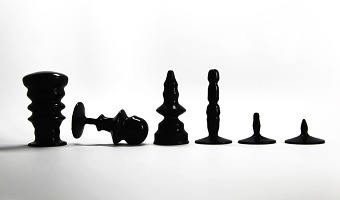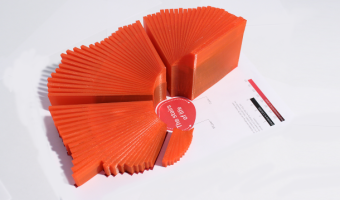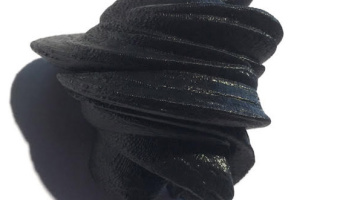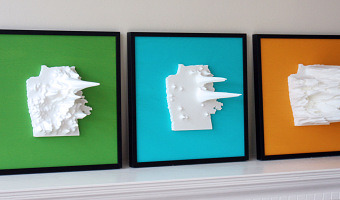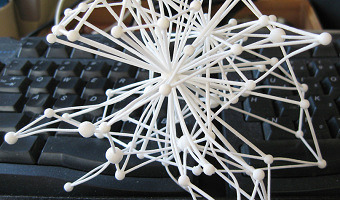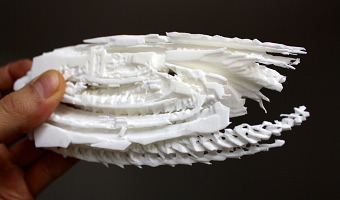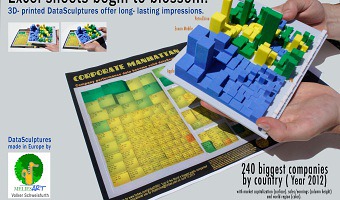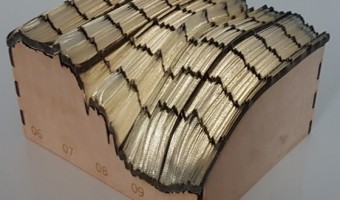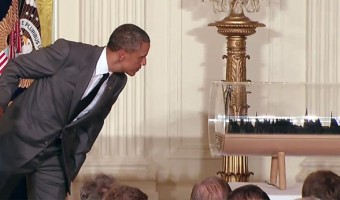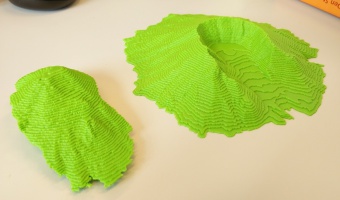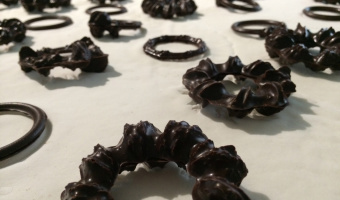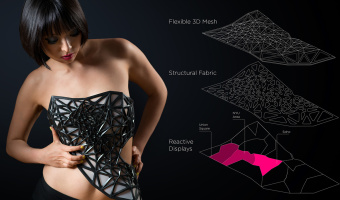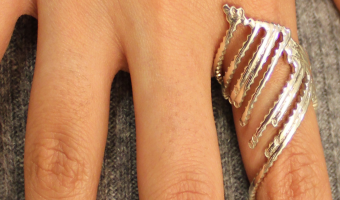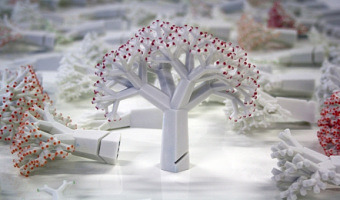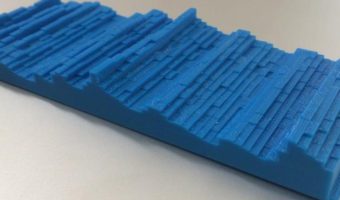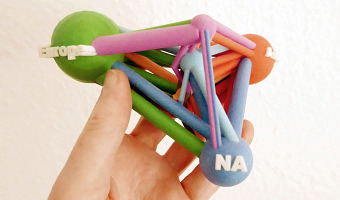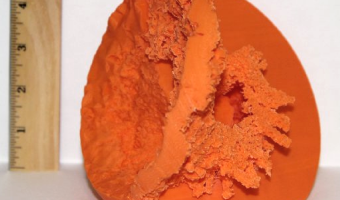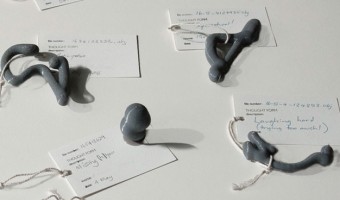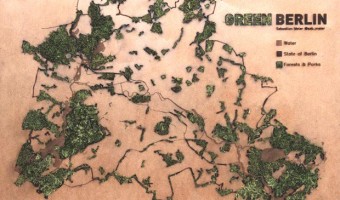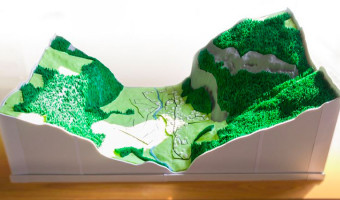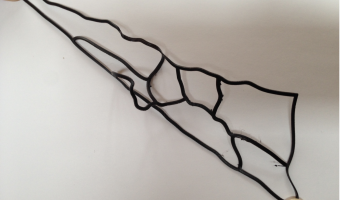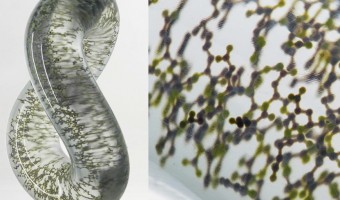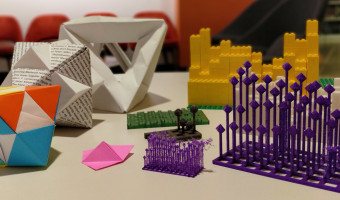
[Data Beyond Vision] explores new ways of engaging with a dataset and the arguments and narratives behind it, in order to challenge the dominant paradigms of conventional screen-based data visualization. The project currently comprises: 3D printing a model of library member activity over time from the Shakespeare and Company Project juxtaposing documented activities from two sets of archival materials Folding paper forms of borrowing activity from the Shakespeare and Company Project surfacing […]
[Data Beyond Vision] explores new ways of engaging with a dataset and the arguments and narratives behind it, in order to challenge the dominant paradigms of conventional screen-based data visualization. The project currently comprises: 3D printing a model of library member activity over time from the Shakespeare and Company Project juxtaposing documented activities from two sets of archival materials Folding paper forms of borrowing activity from the Shakespeare and Company Project surfacing the activity of women and and non-famous members Weaving representing intertextuality based on references in Jacques Derrida’s de la Grammatologie from Derrida’s Margins Images from left to right and top to bottom: (1) some of the data physicalizations designed in the course of the project; (2) lollipop chart of Shakespeare and Company membership; (3) unit origami volumetric representation of Shakespeare and Company membership; (4) folded model of Shakespeare and Company lending library membership activities; (5) weaving Derrida’s references. Sources: Koeser, Rebecca Sutton, Gissoo Doroudian, Nick Budak, and Xinyi Li. “Data Beyond Vision.” Startwords, no. 1 (October 2020). https://doi.org/10.5281/zenodo.3713670. Koeser, Rebecca Sutton, Nick Budak, Gissoo Doroudian, and Xinyi Li. “Data Beyond Vision,” July 11, 2019. https://doi.org/10.5281/zenodo.3261531.

